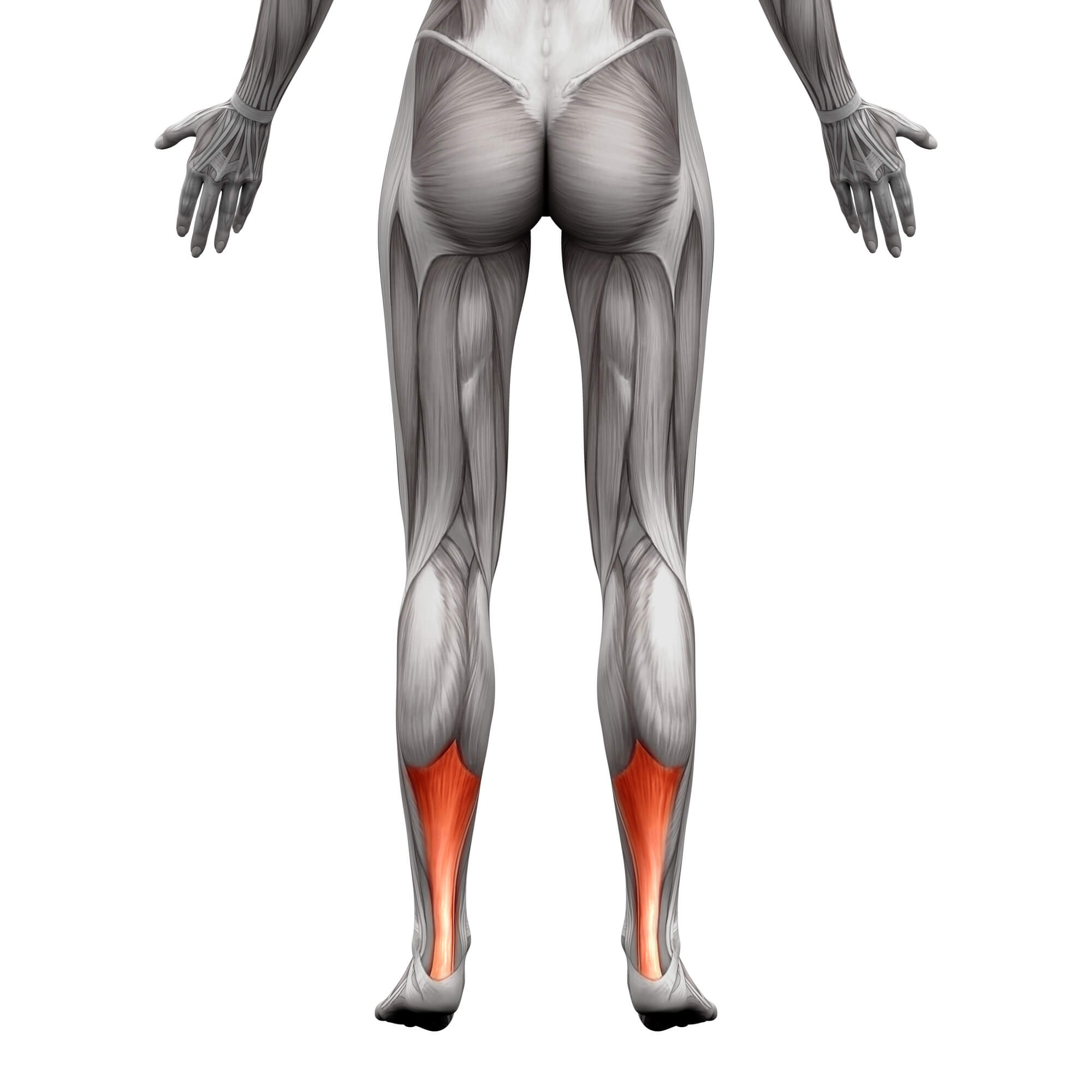Shockwave Therapy for Achilles Tendonitis
Achilles tendonitis, also known as Achilles tendinopathy, is a common injury that affects runners and athletes. It occurs when the Achilles tendon, which connects the calf muscles to the heel bone, becomes inflamed or irritated. While traditional treatments for Achilles tendonitis include rest, ice, anti-inflammatory medications, and physical therapy, some patients may benefit from a newer, innovative treatment option called shockwave therapy.
What is Shockwave Therapy?
Shockwave therapy is a non-invasive treatment modality that uses high-energy sound waves to stimulate healing in the body. This therapy has been used for many years to treat conditions such as kidney stones and joint pain and is now used to treat musculoskeletal conditions such as Achilles tendonitis.
Extracorporeal shock wave therapy (ESWT) is a type of shockwave therapy used to treat Achilles tendonitis. ESWT is administered using a device that delivers high-energy sound waves to the affected area of the tendon.
How Does Shockwave Therapy Help with Achilles Tendonitis?
Shockwave therapy works by stimulating the body's natural healing process. The high-energy sound waves delivered by the ESWT device help increase blood flow to the affected area, promoting tissue regeneration and healing.
In addition, shockwave therapy has been shown to have an anti-inflammatory effect on the body, which can reduce pain and swelling in the Achilles tendon.
Studies have shown that shockwave therapy can be an effective treatment option for Achilles tendonitis. In one study, patients who received shockwave therapy for Achilles tendonitis reported significant improvement in pain and function compared to those who received conservative treatment options such as exercise modification and orthotics.

How Does Shockwave Therapy Compare to Other Treatment Options?
Shockwave therapy is a newer treatment option for Achilles tendonitis. While research is ongoing, it appears to be a promising alternative to traditional treatments such as physical therapy, anti-inflammatory medications, and rest.
One advantage of shockwave therapy is that it is a non-invasive treatment option, meaning it does not require surgery or injections. It is also a relatively quick treatment option, lasting approximately 20-30 minutes for each session.
However, shockwave therapy is not suitable for everyone. Patients with severe Achilles tendonitis or those who have already undergone surgery may not be good candidates for shockwave therapy. It is important to consult a podiatrist to determine if shockwave therapy is the right treatment option for your Achilles tendonitis.
What to Expect During Shockwave Therapy Treatment
Preparing for Treatment
Before your shockwave therapy session, your podiatrist will evaluate your Achilles tendon and determine if you are a good candidate for the treatment. They will also explain what to expect during the session and answer any questions.
It is important to wear comfortable clothing and shoes to your appointment, as you may need to stretch or move during the session. You may also need to remove any jewelry or accessories interfering with the treatment.
During Treatment
During the shockwave therapy session, you will lie on a table or chair, and your podiatrist will apply a gel to the affected area of your Achilles tendon. They will then use the ESWT device to deliver high-energy sound waves to the tendon.
You may feel a mild tingling or numbing sensation during the treatment, but it should not be painful. Your podiatrist will adjust the sound waves' intensity to ensure you are comfortable throughout the session.
After Treatment
After your shockwave therapy session, you may experience soreness or discomfort in your Achilles tendon. This is normal and should subside within a few days. You can use ice or anti-inflammatory medications to manage any discomfort.
Resting your Achilles tendon for a few days after the treatment is important. Your podiatrist may also recommend stretching and strengthening exercises to help promote healing and prevent further injury.

Who is a Candidate for Shockwave Therapy?
Shockwave therapy can be an effective treatment option for many patients with Achilles tendonitis. However, it is not suitable for everyone. Patients with severe Achilles tendonitis, those who have already undergone surgery, or those with certain medical conditions may not be good candidates for shockwave therapy.
It is important to consult a podiatrist to determine if shockwave therapy is the right treatment option for your Achilles tendonitis. Your podiatrist will evaluate your condition, discuss your medical history, and determine if you are a good candidate for the treatment.
Conclusion
Achilles tendonitis can be frustrating and painful, especially for athletes and runners. Traditional treatments such as rest, ice, and physical therapy can be effective but may not work for everyone.
Shockwave therapy is a newer treatment option promising in treating Achilles tendonitis. This non-invasive modality can help reduce pain and inflammation and promote healing in the Achilles tendon.
If you are struggling with Achilles tendonitis, it's important to seek professional help from a podiatrist. They can evaluate your condition, recommend the best treatment options, and help you recover. With the right care and attention, you can overcome Achilles tendonitis and return to doing the activities you love.

